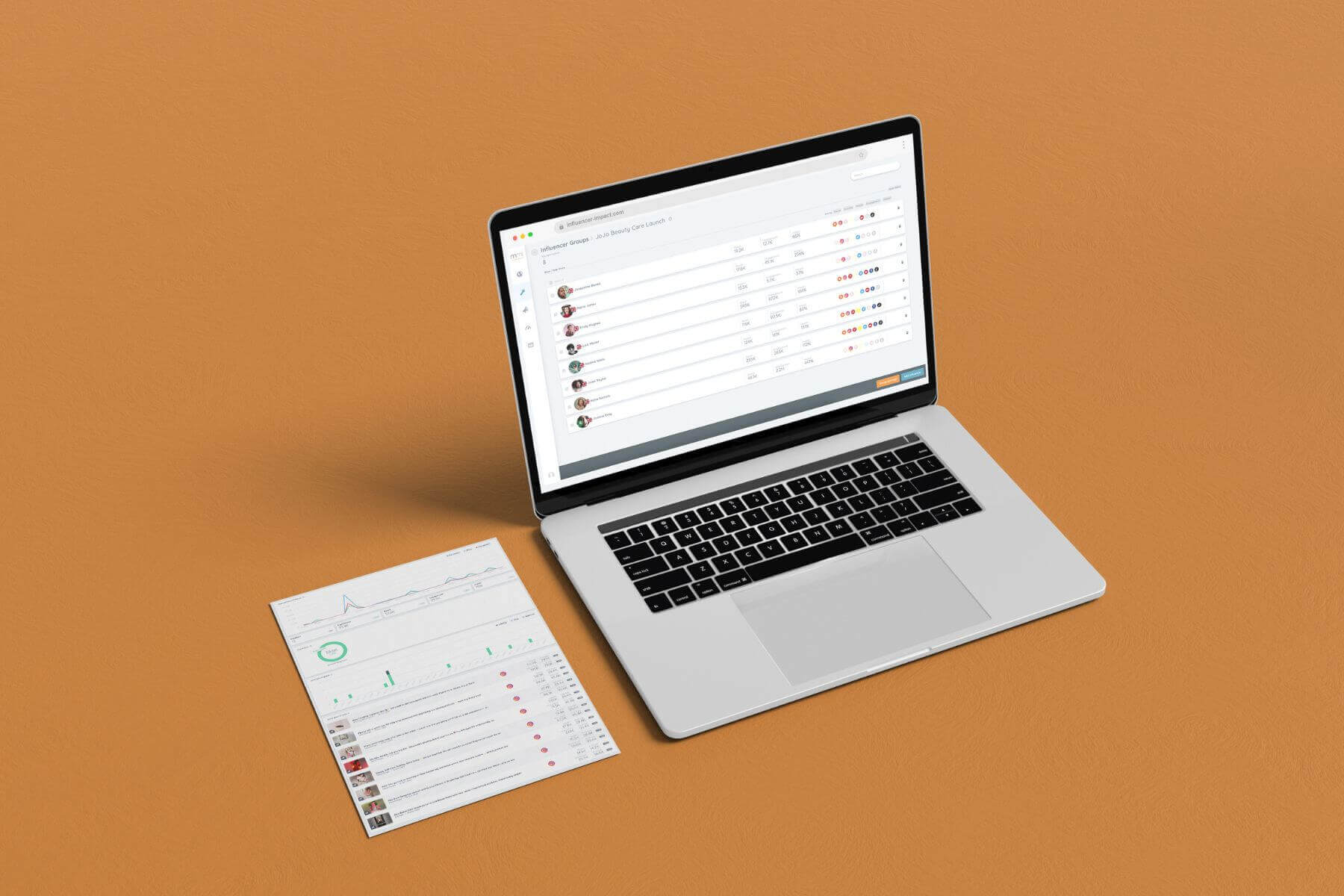In the beauty sphere, change is constant. Trends, buyer behaviour, customer expectations, your list of competitors: these can all shift rapidly — and keeping track of it all requires access to up-to-date market research.
From snap polls on Facebook through to highly detailed studies on the state of the market, the term ‘market research’ covers a vast range of methods for gathering information. Resources-wise, we are blessed with more data than ever before; not least, with the backend analytics section of your eCommerce platform, your social media accounts — and even the Google search bar all providing rich seams of information.
That said, there remain pitfalls you need to be aware of. With so much data potentially at your fingertips, there’s always the risk of drawing the wrong conclusions — or else subconsciously cherrypicking snippets of information that support your preferred course of action. Meanwhile, if you are outsourcing elements of your research, the last thing you need is for the end report to be out of date before it even hits your inbox.
With this in mind, here are four areas to focus on for efficient market research that yields insights you can actually trust.
→ Find out how to unlock more from your media monitoring data with our latest ebook
1. Focus on your knowledge gaps
As a starting point, you need to ensure that the time, effort and budget you devote to research is put to best possible use. For this, you should ask two key questions:
- What specific information do we need in order to make an informed business decision?
- Where are our knowledge gaps?
This should help you streamline your research process by focusing on the type of research methods that are best suited to filling those gaps.
As an illustration, here are some of the specific knowledge gaps that can arise — and research methods that can be useful for addressing them:
We need to decide on shades to include in our new cosmetics range
Online surveys of existing customers and focus groups can help you here. Likewise, consider rolling out social content featuring various iterations of your new product — and track which variants seem to trigger the highest levels of engagement.
How much can we charge for each bottle of moisturiser?
Compiling and reviewing pricing data from your competitors is a good starting point. In the beauty sector especially, there are all manners of psychological factors in play relating to brand image, consumer confidence and pricing. With this in mind, you should also consider survey research designed to specifically address how price-conscious your audience is. This might involve asking them to rate at what point the price makes them question the product’s quality (the ‘too good to be true’ factor) — as well as the point at which it becomes prohibitively expensive. More generally, consider asking respondents to rate the likelihood of purchase at a range of different price points.
How much stock should we order for the coming three months?
This is especially relevant for perishable beauty products — and those that are likely to have time-limited demand. The aim is of course to find that sweet spot between being able to meet consumer demand, but without being left with a glut of unsold product at the end of the sales period. You can use your existing sales records to spot trends in demand. You can supplement this further with data from third parties (e.g. the industry press) relating to buying trends and growth predictions.

2. Use social media monitoring
Gauging consumer attitudes, preferences and needs is a vital part of the market research process. Social media can provide you with an incredibly valuable window on all of this. This is where social media monitoring comes into play: in other words, identifying and tracking the conversations and trends that are present online relating to your brand and the beauty sphere as a whole.
With more than 3 billion regular social media users out there, social monitoring potentially opens up access to a vast cross-section of your sample audience. It can also give you an early heads-up on important trends as they are emerging (rather than waiting to hear about them in the industry press).
All of this makes social monitoring an efficient and cost-effective addition to any market research strategy.
3. Outsourcing your research? Choose your partners wisely
While a lot of research can be done in-house, there may be sound reasons for outsourcing parts of it to a specialist provider. One example is where you are launching a product in an unfamiliar geographic location and you need detailed info on the local customer base and best routes to market. Also, if you need to bring on board third-party funding, independent research can help to reassure investors. More widely, although paying for research obviously involves capital outlay, it can make a lot of financial sense if this streamlines your workload and frees up resources for other, profitable purposes.
Choose your partners carefully. When streamlining is a priority, you don’t want to have to pay for and then wade through reams of research data that is only vaguely relevant to what you need. Your partner should enable you to ask specific business questions and give you answers to those questions — fully backed up by the data. Linked to this is the need for sector-specific expertise: look for a provider who has deep knowledge of the beauty industry — as opposed to one who dabbles in it occasionally.

4. Take a ‘little and often’ approach
Successful beauty marketers know that research isn’t a one-off project — or something that’s done before a campaign and then filed away. Ideally, it should be an ongoing process: a way of constantly ensuring that your product, along with your message, remains super-relevant in a fast-moving market.
So do you have the tools you need to keep track of what’s happening out there? This is where our media tools comes into its own: an easy-to-use platform for keeping track of everything that’s important to your audience.
To discover how mediaPRO can help streamline your research strategy, request a demo today.




